You know how much we love our kitchens and renovating them! We were recently contacted by Wayfair sharing a new article that they knew we of course would find interesting. Kitchens have evolved, changed, and been renovated throughout history, from the age of sooty, wood burning kitchen hearths to the gleaming, granite counter top-equipped kitchens we know and love today. I knew kitchens didn’t always look the way they do today but reading this article really made me think about how different they actually were.
Today Jamie and I renovate kitchens to bring them up to new trends and functionality. Some days I think I don’t have enough time to make dinner, I can’t imagine your entire day being consumed by it like it was in 1790! It definitely reminds me of how lucky we are!
Check it out! Kitchen Through the Ages
Back when our country was first taking root, pancakes were a much more time-consuming meal. A simple mix of flour, sugar, baking powder, eggs, butter, milk, and a pinch of salt would have been trickier to assemble without running water, electricity, gas, reliable refrigeration, or nearby grocery store. To add to the hardship, the most complex kitchen tools available were iron cookware, a few wooden mixing bowls, and no utensils more advanced than a mortar and pestle.
Ingredients: Most Americans were farmers during this time, so the supplies for pancakes would have come from their land—milk from the cows, eggs from the chickens, and hand-churned the butter. If any ingredients needed to be stored in a cold place for a period of time, they would go in the “icehouse,” an underground space lined with slabs of ice insulated by straw. This icehouse could be as sophisticated as a separate stone building with its own roof and foundation, or as rudimentary as a rough cave of rocks outside.
Cooking: Once the ingredients were gathered, you would take them to the kitchen, located at the very back of the house, if not in a separate building. The kitchen was often the largest room, about 18 by 20 feet. But it was separate from the rest of the house because the hearth, a massive brick fireplace used for cooking, needed to be kept constantly burning, since starting a fire from scratch without matches took too long. This meant that the kitchen was always very hot, and since there were no range hoods, it was also sooty and smelly.
Part of that smell would have come from the tallow candles lighting the kitchen. Since there was no electric lighting, a handful of narrow windows were the only natural light in a kitchen. If those didn’t provide enough light, candles made from rendered animal fat would light the kitchen. These tallow candles were pungent, fast melting, and not very bright.
Pancake batter would be mixed in a wooden bowl on the kitchen work table. (Granite countertops didn’t come around for another century or two!) Then the pancake would be cooked on an iron pan held over the flames of the hearth, and cross your fingers that the pancakes would cook evenly. If you wanted to bake anything extra for breakfast, there was a hole in the brick on the side of the hearth that served as an oven, heated by the same fire that cooked the pancakes.
Once cooked, you and your family would eat the pancakes either at a separate dining table within the kitchen, or, if you were lucky enough to have a larger house, in the separate dining room.
Between the time spent gathering ingredients, assembling them with the rudimentary kitchen tools of the day, and unreliable hearth cooking methods, making pancakes in this era would have taken a great deal of time.
1850
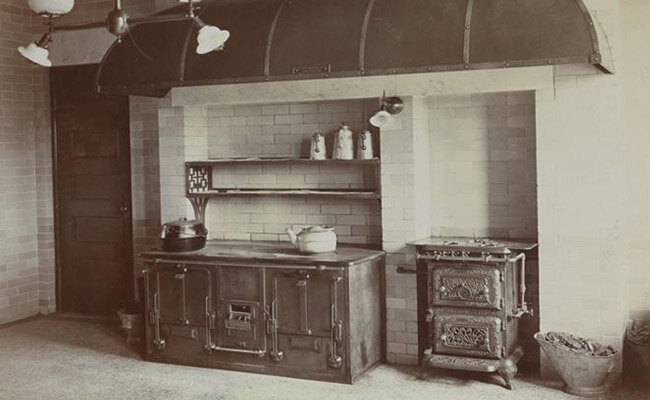
By 1850, the Industrial Revolution was in full swing, and its effects were just reaching into the kitchen.Ingredients: As more and more factories popped up, farm living was less ubiquitous, so your ingredients may not have come straight out of the fields. Instead, you could buy and then store your milk, eggs, and butter in the cellar, and the dry ingredients from the pantry room.Cooking: When it came time to cook, you would have fetched all of your ingredients and brought them into the kitchen, where you could assemble the batter on whatever table you were using as a prep surface. Once the mixture was ready, you could cook it in an iron, tin, (or, if you were especially fancy) copper pan over not an unreliable hearth, but your shiny new Oberlin stove.The Oberlin stove still burned wood, but was made of iron, which made it more efficient and less of a fire hazard than the open flames of the hearth. This would have made the actual cooking of the pancakes much easier, more reliable, and safer. However, it would not have made the process any cooler for the cook. Oberlin stoves let out a tremendous amount of heat, which meant that kitchens were still hidden away in the back of the house for the comfort of everyone else.Like the old hearth, the Oberlin stove was often kept burning to prevent the hassle of restarting the fire. But how would you have kept the fire burning through the night without having to wake up and walk back to the kitchen every few hours? If you were lucky, and you had a servant who had resisted the lure of factory jobs, there was a simple solution: have your servant sleep in the kitchen to tend the fire. This meant that a feature of many 1850s kitchens was a cot in the corner of the room for the servant.Kitchen Updates: Kitchens in this era benefitted from the invention of “dry sinks,” (pictured above) meaning an iron or stone tub resting in a wooden kitchen cupboard that you could fill with a bucket of well water, or an attached pump if you were lucky. Much less awkward than sloshing the dirty dishes around in a bucket outside, dry sinks made washing up after breakfast much simpler.
This kitchen would have been easier to use and more city-friendly than a farm kitchen from the 1790s, but cooking pancakes would still have been inefficient, as well as a physically uncomfortable process in a sweltering kitchen.
1890

1910

1935


published by Armstrong Cork
What’s Changed Since Then?
The rough shape of an American kitchen hasn’t changed much since 1937. We still have counters, cabinets, electric appliances and lighting, running water, and surfaces designed for easy cleaning. We still love our kitchen gadgets and store prepared food in refrigerators. We usually eat breakfast in the kitchen—when we aren’t running out the door with it in hand. Simply put: We make our pancakes the same way we did in 1937.
However, this isn’t to say we’ve been frozen in time; kitchens have evolved over the decades as technology, and the economy has changed.
For example, during World War II, American cooks had to work around food shortages. However, the economic boom after the war allowed for full cupboards and the proliferation of appliances like dishwashers and refrigerators that once were luxury goods.
The 1950s featured a landslide of brightly-painted appliances, colorful metal cupboards, and vivid plastic tableware.
In the 1960s, smoothie-making was revolutionized with the popularity of the blender, and dishwashing became a breeze thanks to Teflon cookware.

Bottom left photo (1960s kitchen): from Ethan on Flickr
Right hand photo (1950s kitchen): from Todd Ehlers

Top right photo (1980s kitchen): Leif Swanson
Bottom right photo (1990s kitchen): Scott Rubin


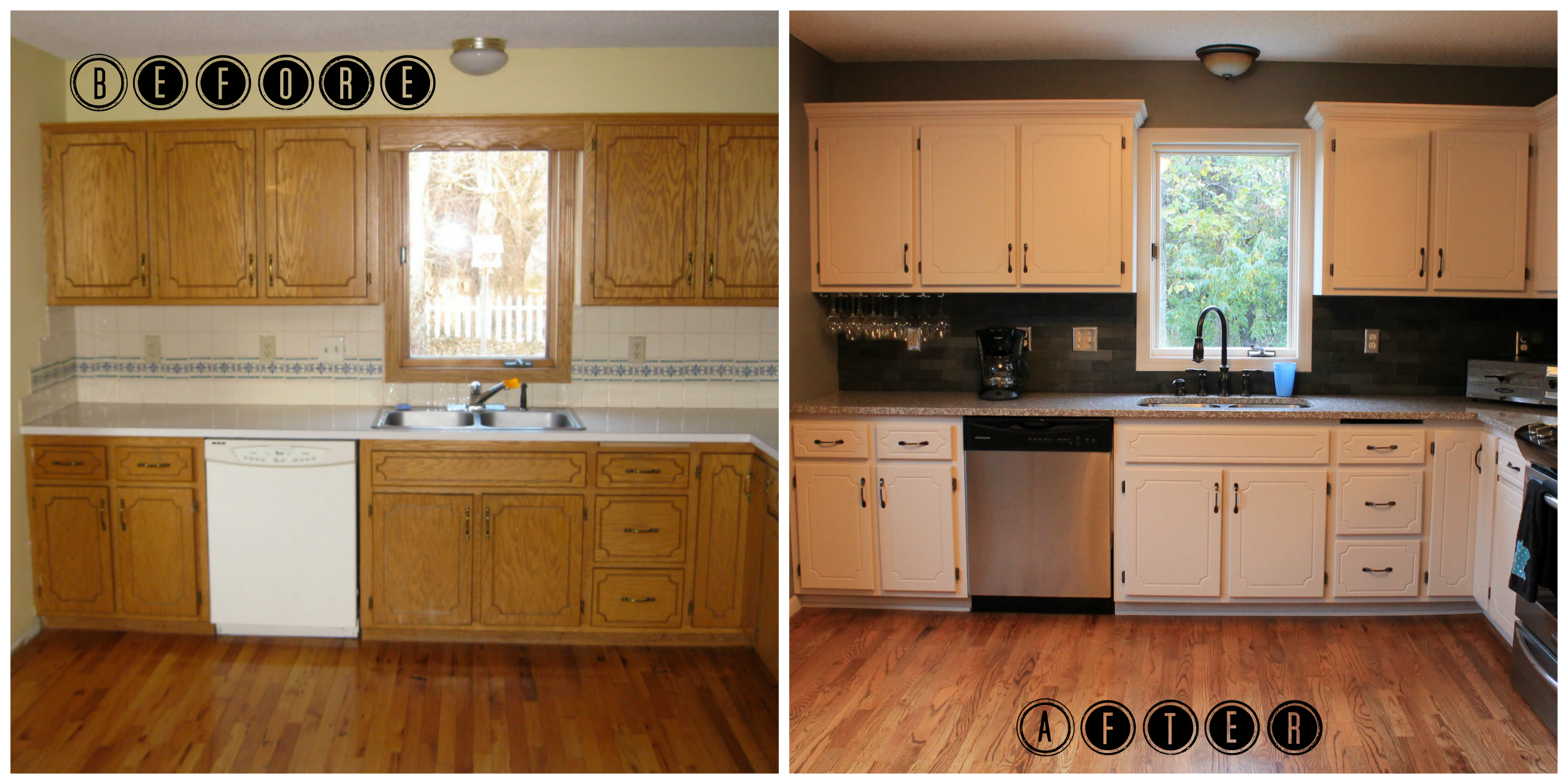
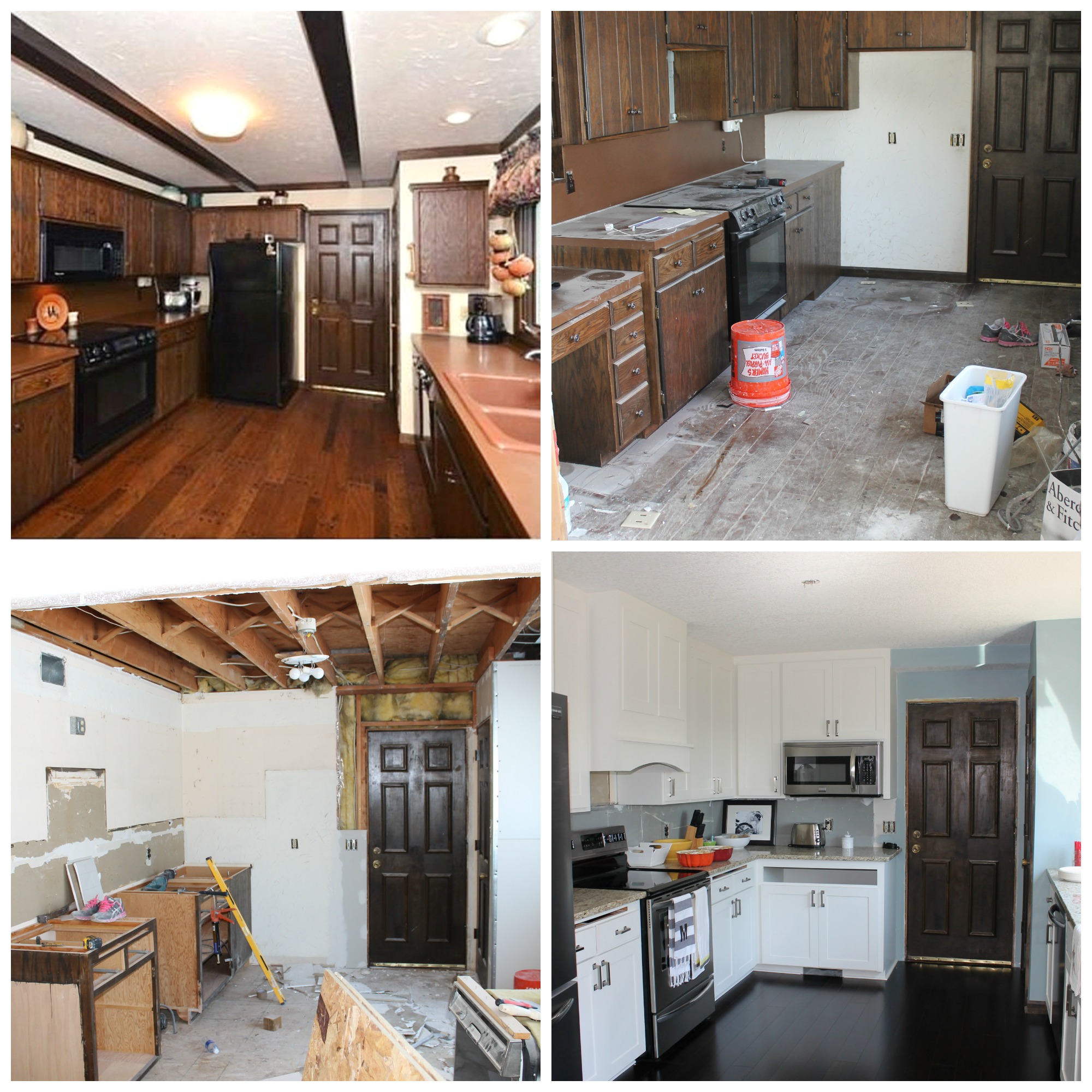

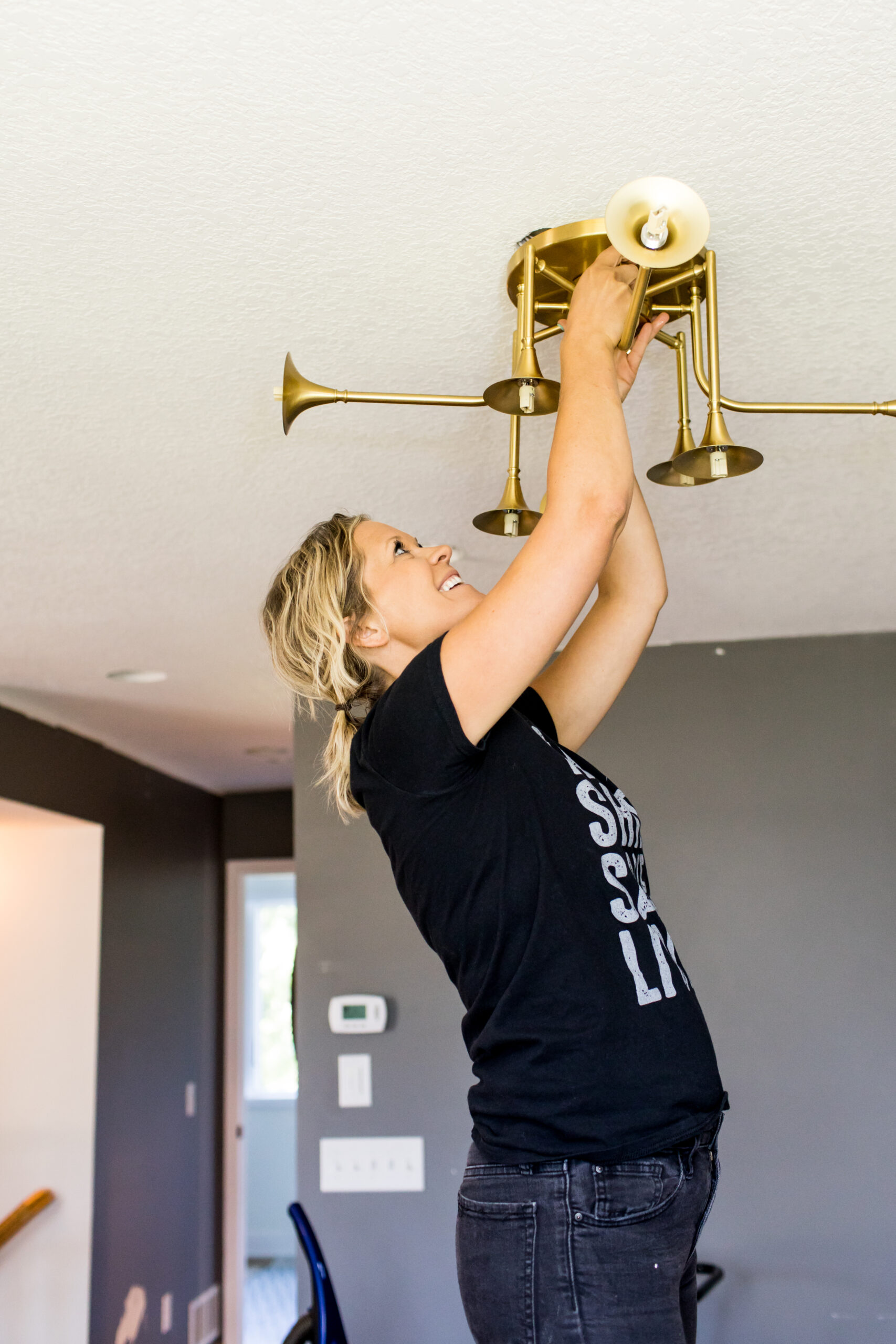
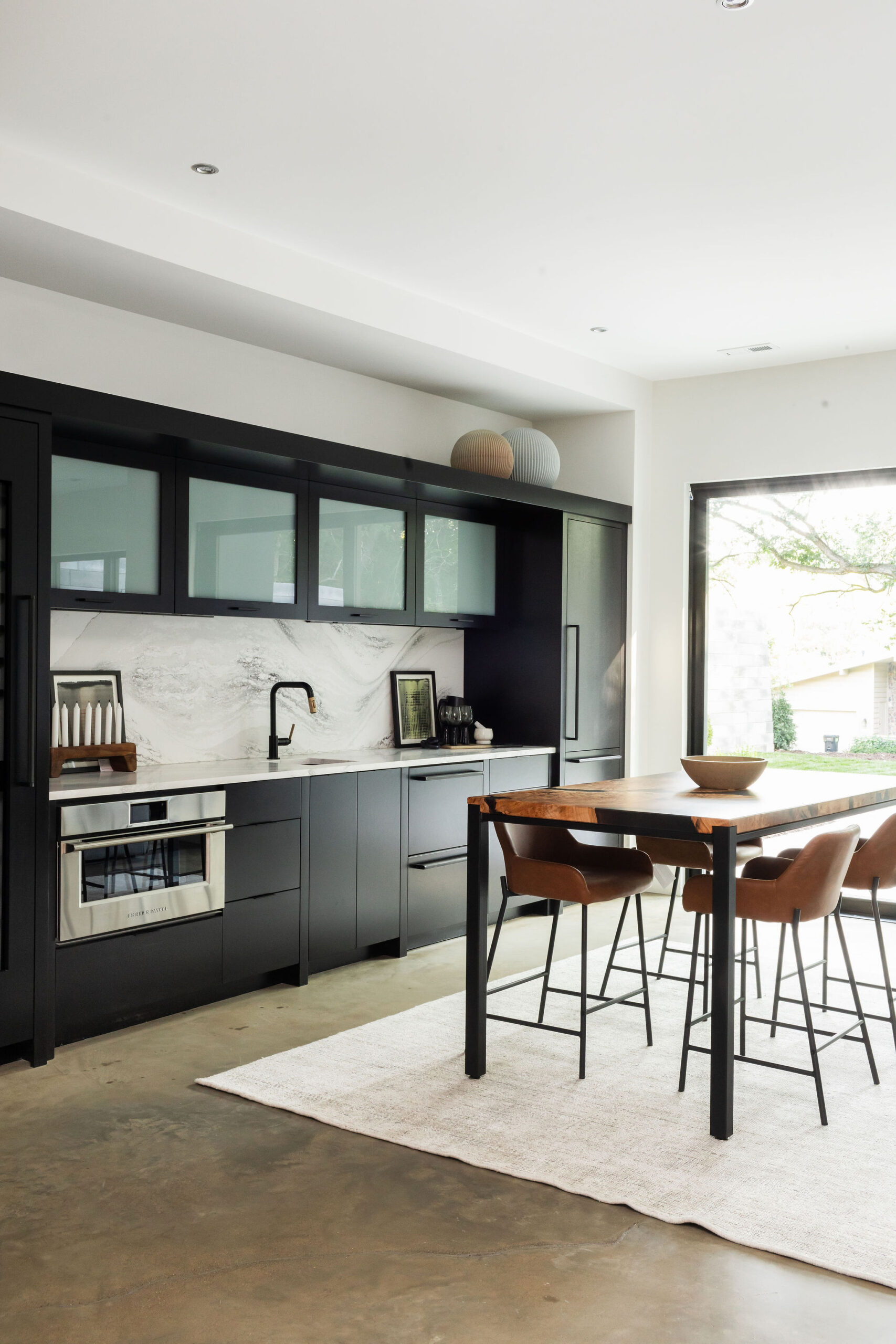
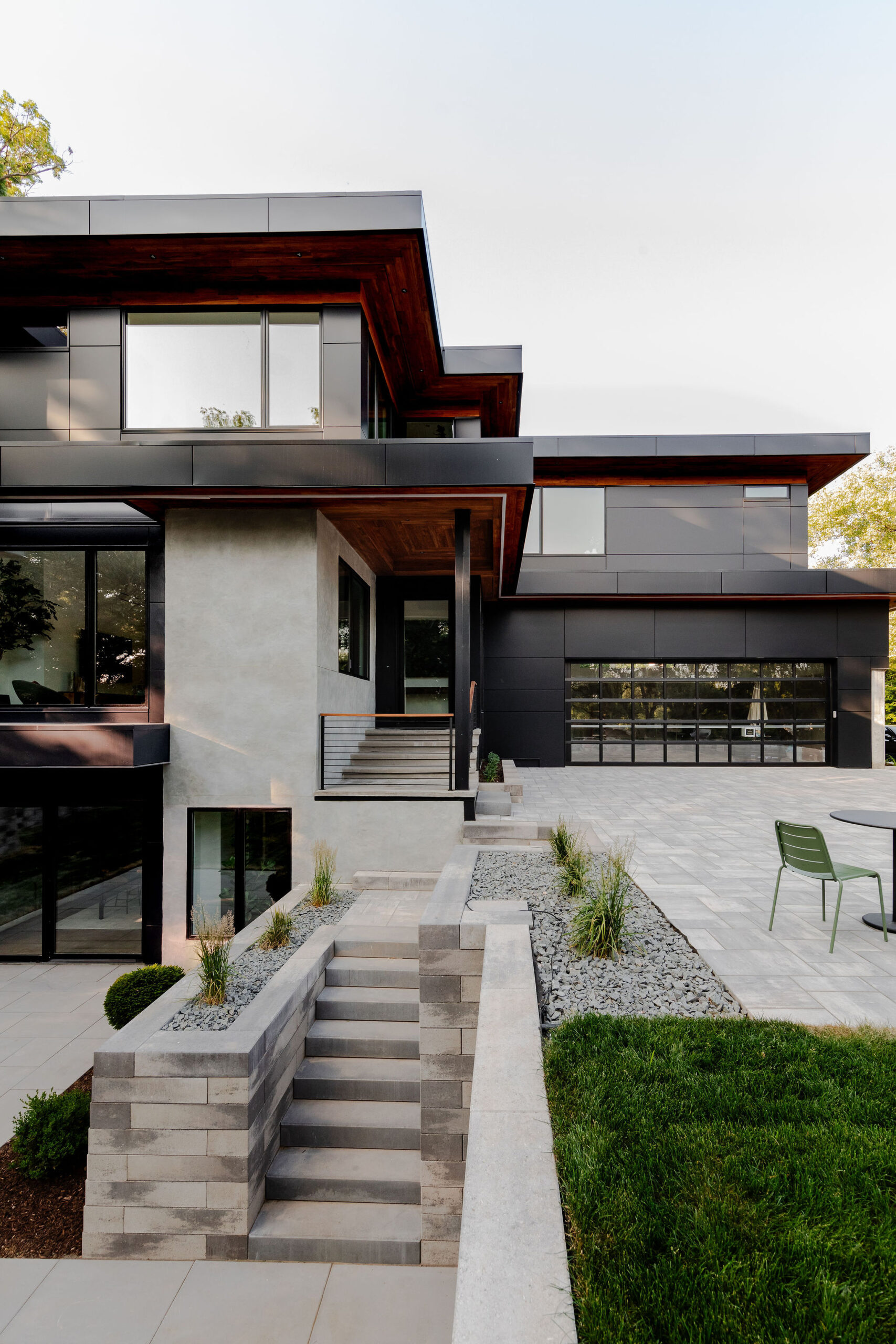


Thanks Suheiry!! I know! I agree!! 🙂 Really appreciate the love and support! 🙂 Thanks for stopping by!
This was informative and very interesting. I love the Hoosier Cabinet, although we’ve become so accustomed to our larger kitchens, it wouldn’t be as efficient as it used to be. We’ve come so far! Great post!
HAHA! So true!! We have so much to be thankful for! 🙂
We’ve come so far! I’ll stop complaining about my small 1978 kitchen and be thankful I don’t have to schlep food in from the icehouse. Love seeing kitchens through the ages.